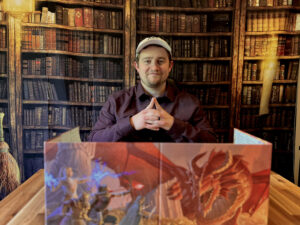
Dungeons and Dragons (D&D) isn’t just a game; it’s a powerful tool for team-building events. By stepping into the shoes of adventurers, your team can experience challenges and opportunities that mirror workplace dynamics. Trevor Kincy aptly put it: “Let’s be honest: roleplaying as ‘Susan from HR’ is… less fun than playing as ‘Susan the Elf.’ Taking your team out of their own lives and proxying them for characters subconsciously forces your staff to view things from a different perspective”.
In today’s fast-paced business environment, effective team bonding is crucial. It fosters better communication skills, and collaboration, and builds trust among team members. These elements are vital for any organization’s success. Indoor team-building activities like D&D can break down barriers and build stronger, more cohesive teams.

D&D requires players to work together to overcome obstacles and achieve their goals. This mirrors the collaborative efforts needed in the workplace. The beauty of a well-balanced team—or adventuring party—is that collective strengths overcome individual weaknesses. This principle directly applies to a business setting, where teamwork can transform individual limitations into collective success.
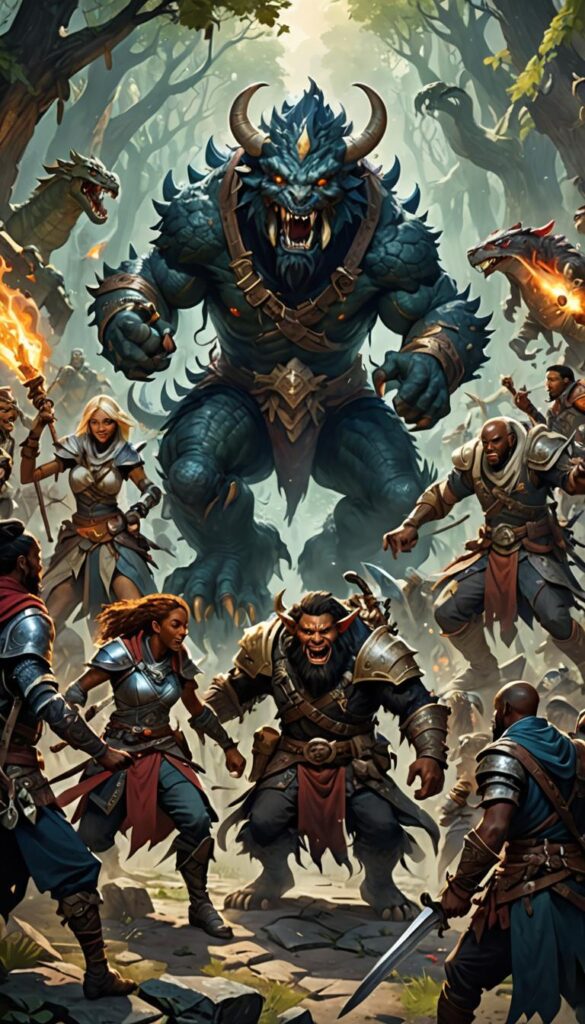
In D&D, players create a safe space to explore different aspects of their personalities through their characters. This can translate into the workplace by encouraging a culture of trust and openness. It can help create a space where team members feel safe to share ideas and take risks.
As a leadership game, D&D provides ample opportunities for players to take on leadership roles. Whether it’s strategizing the next move or guiding the team through a perilous dungeon, players learn to step up and lead. This experience can help develop leadership skills that are essential in a business environment.
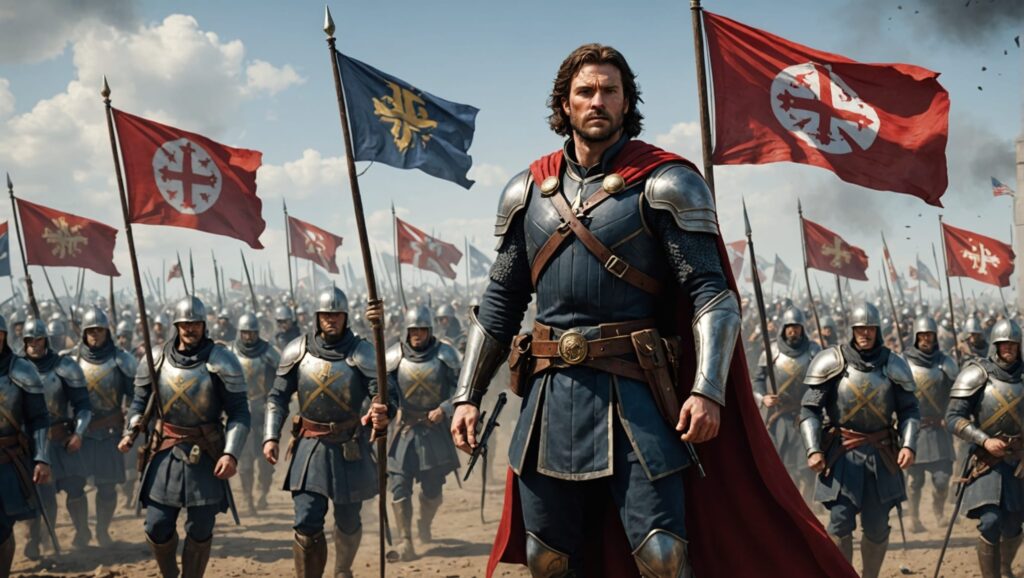
The challenges in D&D require employees to solve problems. Players must think creatively to overcome obstacles, which can enhance their problem-solving skills. This creativity can be a significant asset in the workplace, where innovative thinking can drive business growth.
D&D encourages vulnerability by allowing players to explore their characters’ strengths and weaknesses openly. This vulnerability can foster deeper connections among team members. As they learn to support and rely on each other, the team will develop a more dynamic culture.
Through roleplaying, team members can reveal aspects of themselves that may not be apparent in a traditional work setting. This deeper understanding can strengthen relationships and improve team dynamics.
As players navigate their quests, they develop a sense of unity and camaraderie. This strong bond can translate into a more united and effective team in the workplace.
The shared experiences and victories in D&D create lasting positive memories. These memories can enhance team morale and foster a positive workplace culture.

D&D helps develop several core skills that are invaluable in the workplace, such as communication, teamwork, and strategic thinking. Players must articulate their ideas clearly, work together to achieve common goals, and plan their moves strategically. All these skills help improve performance in any business setting.
Before the session, it’s important to set clear expectations. Explain the objectives of the exercise and how it relates to their work. This will help participants understand the value of the activity and encourage their full engagement.
After the game, debriefing is essential. Discuss what they learned and how they felt during the game. Most importantly, discuss how to apply experience to their work. This reflection will reinforce the lessons learned and ensure they the team integrates this experience into their performance.

Integrating Dungeons and Dragons (D&D) into your small group team-building activities can transform the dynamics of your workplace. Here are three example scenarios to illustrate how D&D can be used effectively for team building. Each scenario comes with specific objectives, a description of the gameplay, and its application to the workplace.
Objective: Enhance problem-solving and collaboration skills.
Description: The team must find a lost artifact hidden in an ancient ruin. Each team member has a unique skill or piece of information critical to solving the puzzle.
Application: This scenario encourages team members to share information, listen to each other, and work together. This scenario resembles solving complex problems in the workplace.
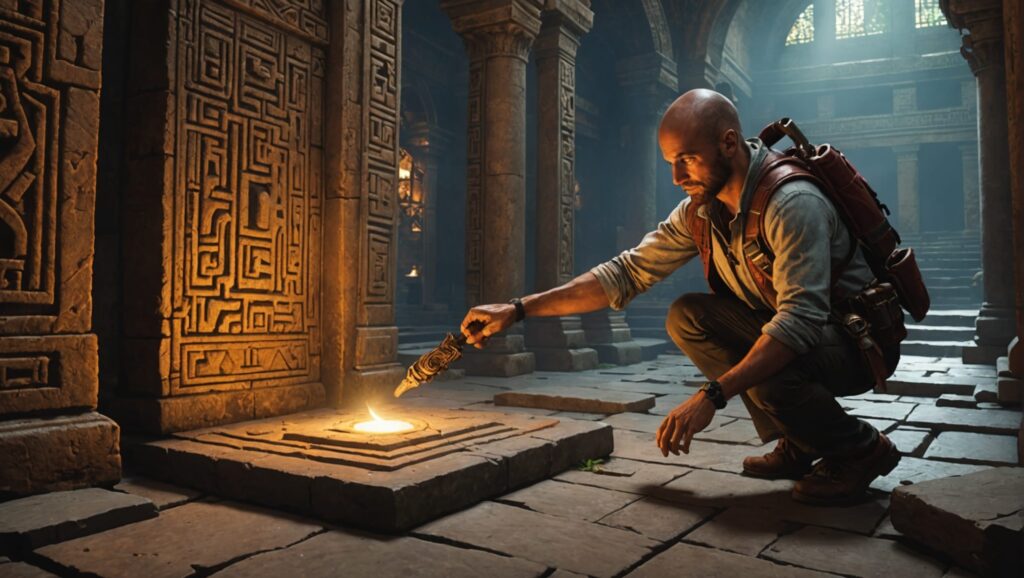
Objective: Develop strategic thinking and leadership qualities.
Description: The team’s fortress, Dragonspire, is under siege by a powerful enemy. Players must devise a defense plan, allocate resources, and lead different groups within the fortress.
Application: This scenario focuses on strategic planning, resource management, and leadership. Group members must make quick decisions and trust their teammates to execute the plan, reflecting the dynamics of a high-stakes project.
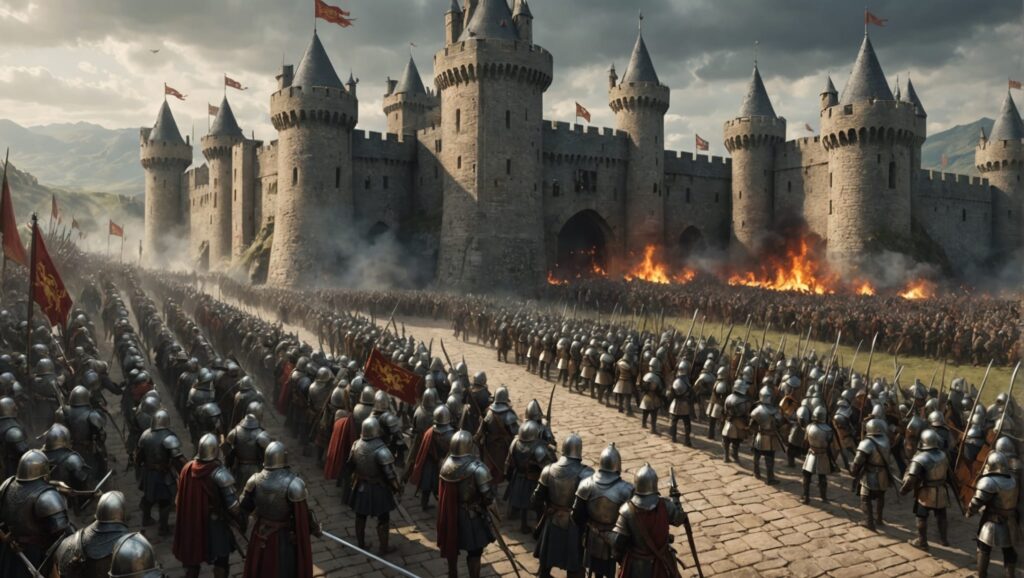
Objective: Foster creativity and adaptability.
Description: The team enters an enchanted forest where the environment constantly changes. In the forest, they encounter magical creatures and unexpected challenges.
Application: This scenario requires team members to think creatively and adapt to new situations. This situation mirrors the need for innovation and flexibility in a rapidly changing business landscape.
Using Dungeons and Dragons team-building exercises can be a seamless and enjoyable process. Here are some practical tips to get you started and ensure your sessions are effective and engaging.
Begin with a short, one-shot adventure to introduce the concept. This can be a half-day session to gauge interest and get feedback.
Schedule regular D&D sessions, such as monthly or quarterly, to keep the momentum going and continuously develop team skills.
Use elements of D&D, in regular team meetings to keep the activities fresh and relevant.
Introducing D&D into your team-building activities might raise some concerns. Here are common issues and how to address them:
Concern: “We don’t have time for lengthy games.”
Solution: Start with short, one-shot adventures that only take a couple of hours. Gradually increase the length as your team becomes more comfortable and sees the value.
Concern: “Hiring a professional DM or buying materials seems expensive.”
Solution: Many resources are available for free or at a low cost. For instance, basic rules and adventures are available on the official D&D website. Consider using in-house talent if someone on your team is familiar with D&D.
Concern: “What if some team members are not interested in D&D?”
Solution: Emphasize that D&D is about storytelling and teamwork, not just fantasy elements. Offer alternative roles, such as a scribe or a strategist. This can help engage those who might not want to actively play a character.
By addressing these concerns, you can ensure that the experience is valuable, inclusive, and effective for all team members.
Selecting the right Dungeon Master (DM) is crucial for a successful D&D team-building session. Here’s what to look for:
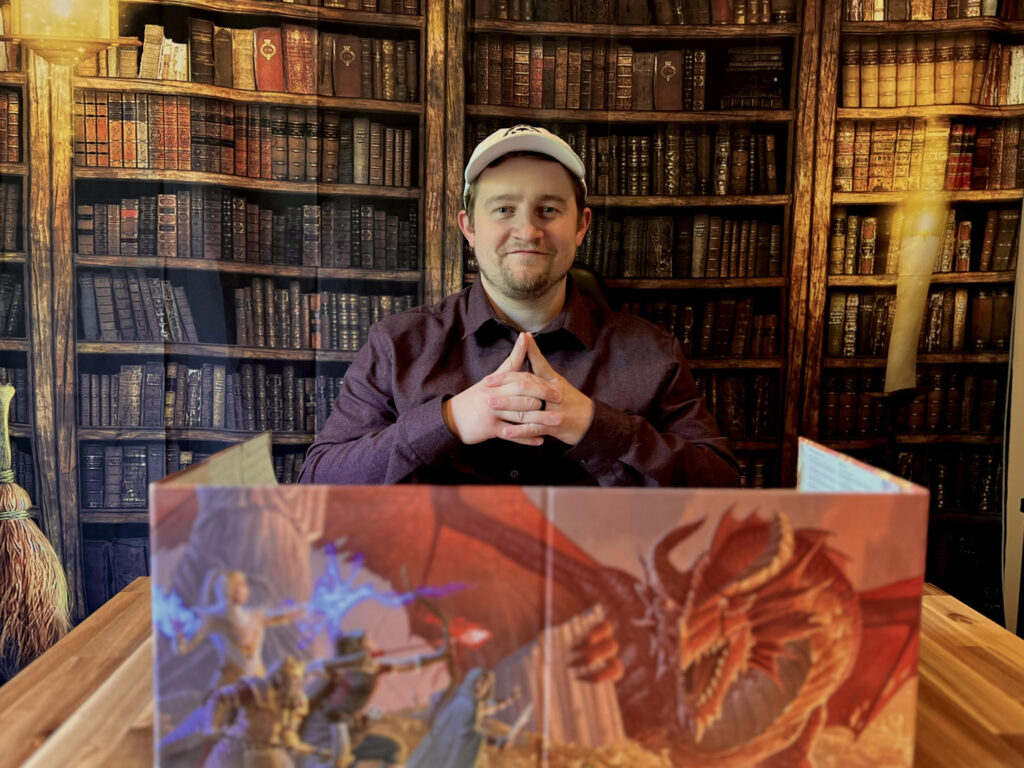
A good DM should have experience both in running D&D games and facilitating team-building activities.
The DM’s style should match your team’s dynamics. Some DMs are more narrative-focused, while others emphasize strategy and combat. If you have a remote team, you’ll need to take that into account as well.
If hiring a professional, check their references or reviews from other companies to ensure they can meet your needs.
To get the most out of your D&D team-building exercise, consider hiring a professional facilitator. A skilled Dungeon Master can tailor the experience to meet your team’s specific needs.
In conclusion, D&D team building exercises can transform your team by fostering collaboration, creativity, and leadership. By integrating these activities into your team development strategy, you can unlock your team’s full potential. With a skilled dungeon master, you can drive business growth.
If you’re ready to give one of these D&D team-building exercises a shot, sign up with one of our Dungeon Masters for Hire. We’ll help you and your team build more unity and improve performance.
Copyright Monsters.Rent 2023